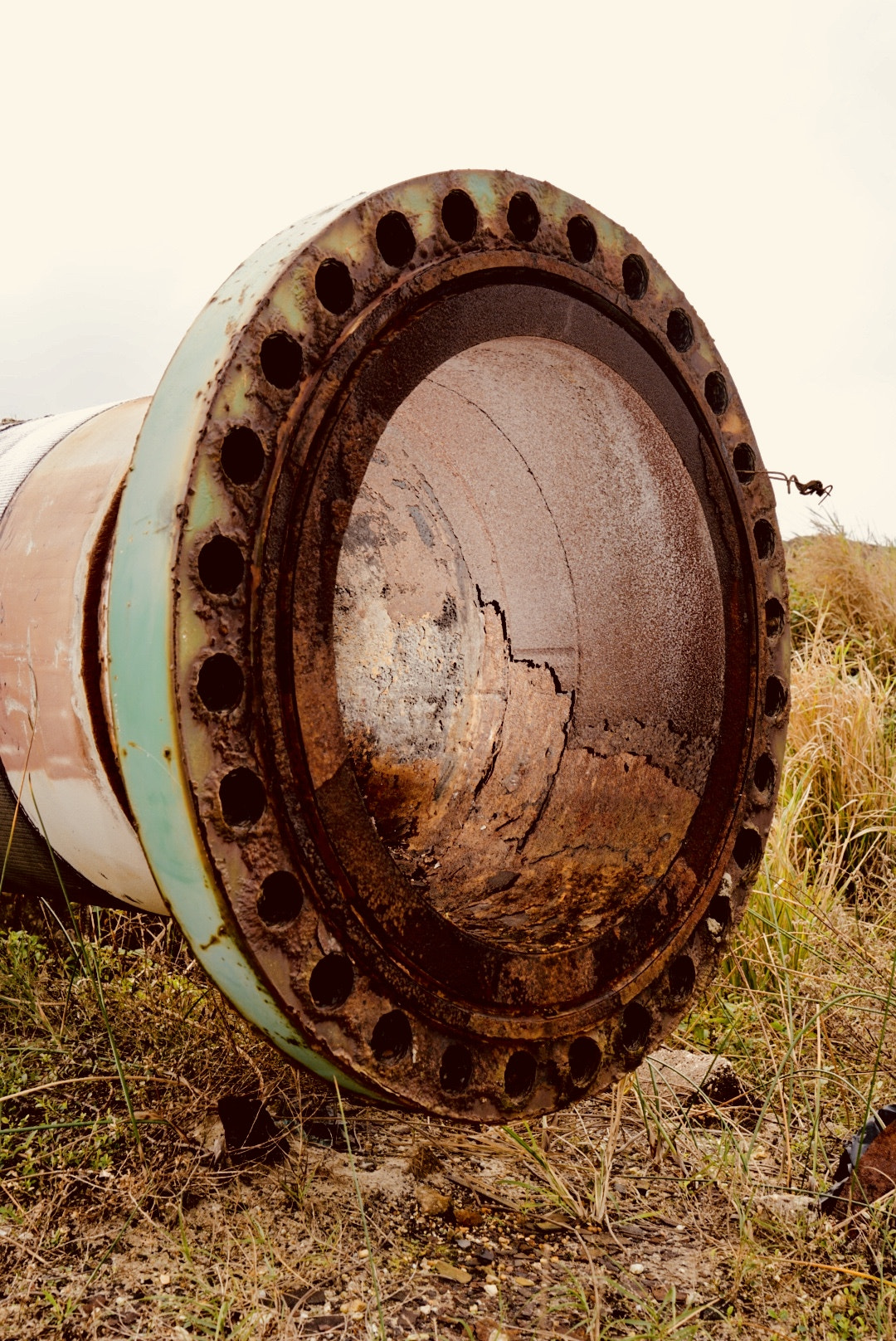Bosch Rexroth Parts, Hydraulic Pumps, Motors And Valves
페이지 정보
작성자 Christopher 작성일25-03-03 22:57 조회5회관련링크
본문
35M dollars of new Real Bosch Rexroth, Parker, Vickers and Atos parts, items and valves. We ship over 98% of orders worldwide identical day. Expedited 24 hour Restore and Return Service out there. Largest stocking program of Genuine Bosch Rexroth A10V new pumps in North America. Over 3800 new real items in stock for speedy shipment. North American Service Center for Calzoni LSHT motors. At the inlet section, a vacuum is generated as these gears move. As a result of vacuum created by this pump, fluid or oil is drawn out of a tank or reservoir. It has two test valves, one on the suction finish and one on the discharge end. A examine is meant to stop fluids from flowing backward. Fluid is sucked into this pump from the suction facet, and a check valve positioned at the suction finish facilitates fluid movement inside the pump.
Do you have already got the hydraulic circuit from the handbook for this serial quantity collection? Anyway, I do have a manual on its method that starts at machine no 290,000. When i get that, I'll look it over and see what it has in it. I'll strive to match what I see within the older one to the newer one and let you realize of the differences. If it comes right down to it, I'll scan photographs from the older one and send them to you and/or ship you a duplicate of the cd I have. I am going to keep you posted after i get the new (old) handbook. The Monarch Hydraulics tradition began in 1856 when Joseph Jackoboice based a precision sawmill and woodworking equipment enterprise in Grand Rapids, Michigan. The product line transitioned to road scrapers and plows in the thirties adopted by Monarch hydraulic pumps and valves in the 1940s. The corporate remains family-owned and in the present day manufactures an unlimited range of Hydraulic Power Models, and Dyna-Lift® ergonomic systems. Monarch’s Hydraulic Systems and Dyna-Lift® divisions function separately with divisional managers answerable for their very own sales, advertising, engineering and manufacturing features.
Let’s start by diving into the fundamental rules that allow these pumps to function efficiently and reliably. A hydraulic pump, irrespective of its particular design or variant, operates based mostly on a number of foundational rules. Making a Vacuum: The first step within the hydraulic motion of any pump includes creating a vacuum at its inlet. This vacuum is essential for drawing hydraulic fluid from the reservoir, serving as the place to begin of the pump’s operation. Displacement of Fluid: Central to the hydraulic pump’s operation is the displacement of fluid. This motion is achieved by the movement of particular pump parts, be it gears, pistons, vanes, or screws. It’s this displacement that propels the fluid out of the pump and circulates it via the hydraulic system.
The circulate and pressure regulation of the A20VLO pump mainly relies on the variable mechanism, that is, the plunger stroke is modified by adjusting the angle of the swash plate to control the stream output of the hydraulic oil. This design permits the A20VLO hydraulic pump to offer versatile energy output according to different load necessities and improve the power utilization of the system. When the pump is working, the hydraulic oil enters every plunger cavity from the suction port. When the plunger rotates with the cylinder and reaches the top useless middle, the oil is squeezed out by means of the discharge port, thereby producing a stable hydraulic output.
Hydraulic pumps are divided into two classes namely gear pumps and piston pumps. Radial and axial piston pumps are types of piston pumps. Axial pumps produce linear motion, whereas radial pumps can produce rotary movement. The construction, excavation, automotive manufacturing, agriculture, manufacturing, and defense contracting industries are just some examples of operations that apply hydraulics power in regular, day by day procedures. Noise and Vibration: Excessive noise typically suggests cavitation, a phenomenon where vapor bubbles form within the fluid due to low strain. When these bubbles collapse, they trigger sturdy shock waves, resulting in noise and attainable injury. Another motive might be misalignment or put on of pump components, inflicting vibrations. Overheating: A pump working too hot can be an indication of a number of problems, from a scarcity of cooling to inner friction as a result of worn parts. Overheating can degrade the hydraulic fluid and damage the pump. Decreased Efficiency: A decline in the pump’s performance—like reduced circulation or pressure—often hints at wear, blockages, or other inside points.

댓글목록
등록된 댓글이 없습니다.







